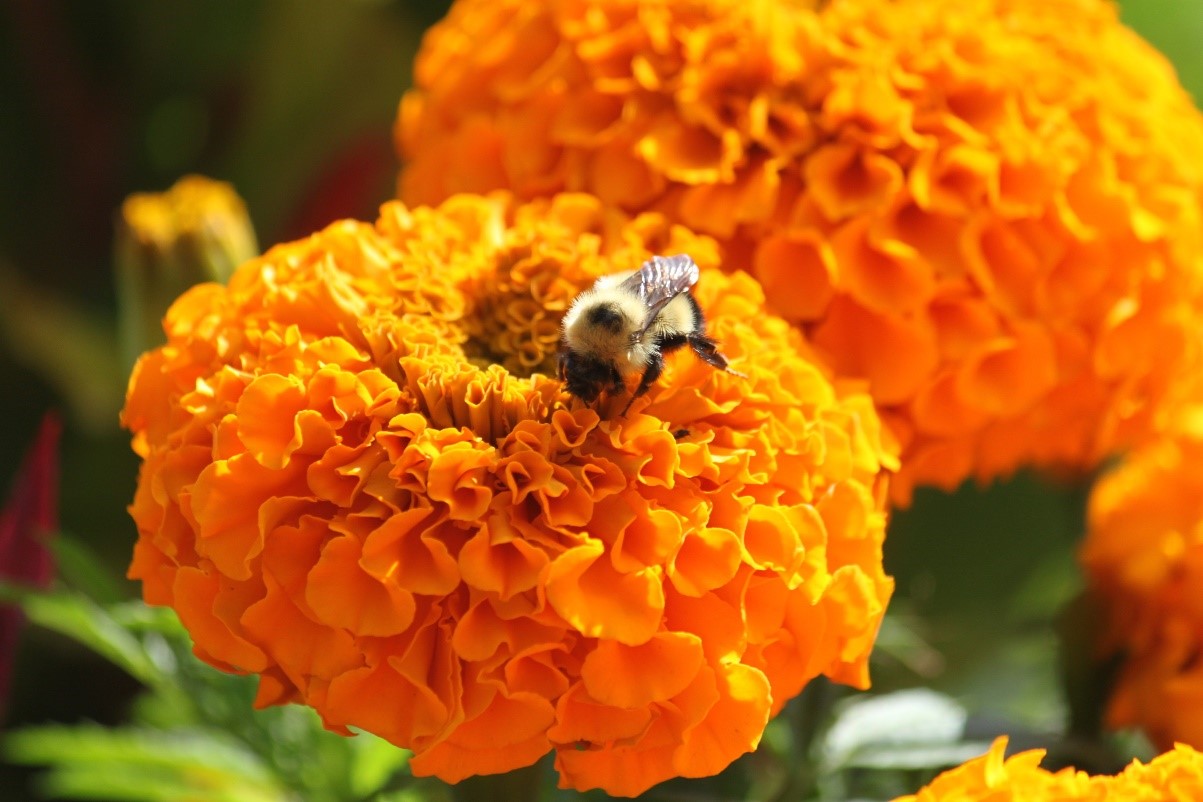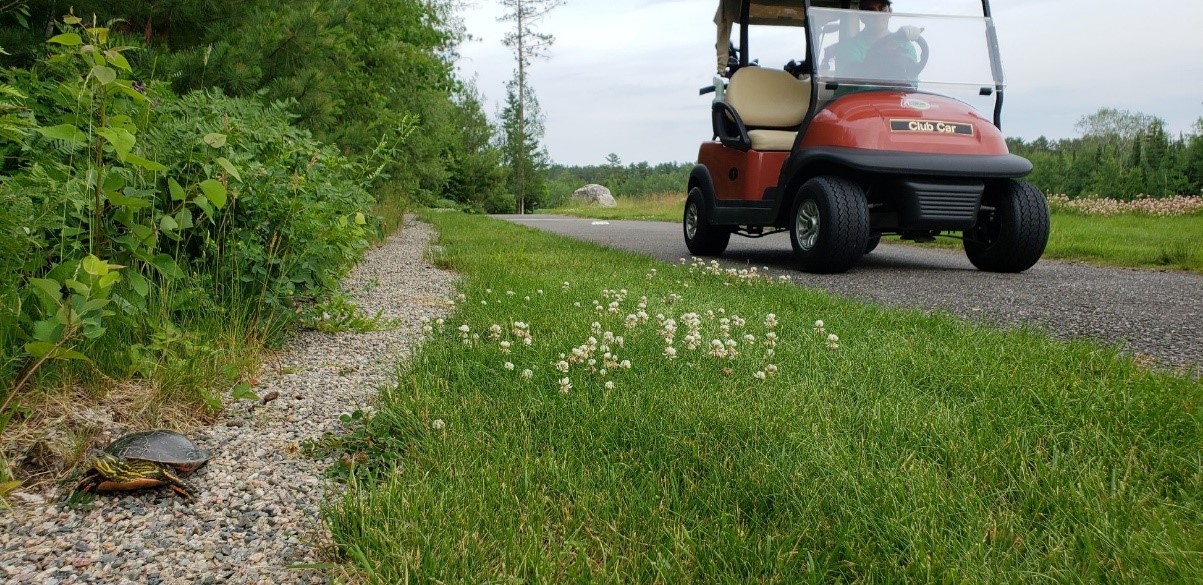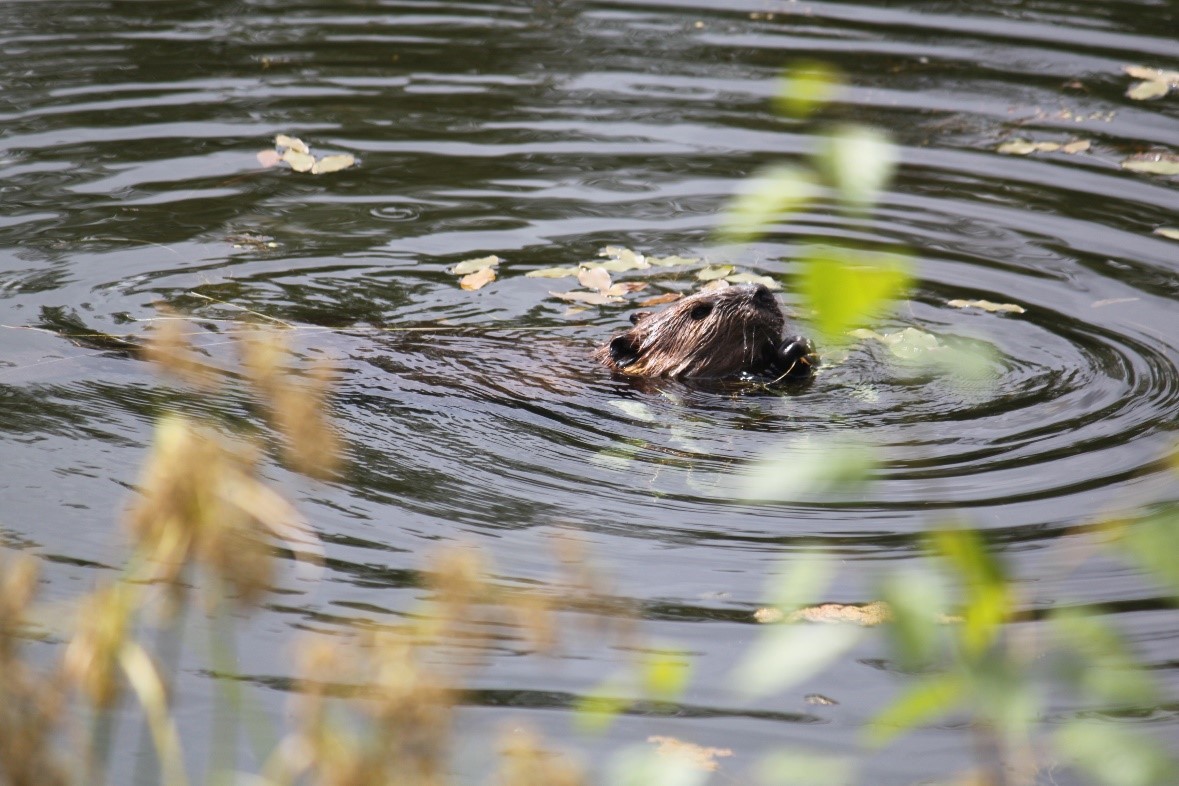You really cannot get through a single day without hearing something about climate change and the negative consequences of it. Recently we have been experiencing powerful and frequent storms on the east coast, uncontrollable wildfires in California and unprecedented red tides in Florida. Whether you believe that man is responsible for these occurrences or not, there is no doubt that we as human beings have an obligation to take measures to protect our planet to the best of our abilities. Golf courses, over the years, have been demonized for environmental recklessness-many still believe that all we do is pollute and waste water resources. While this may have been an issue years ago, at the present time university research and better education for turfgrass professionals has led to maintenance practices that are much more environmentally friendly. In addition, a more stringent registration/regulation process has led to an overall reduction in the toxicity of products available for commercial use-especially on golf courses. I am very proud to be a part of this evolution in golf course maintenance and we continue to enhance our environmental efforts through our membership in the Audubon Cooperative Sanctuary Program for Golf.

Bees Hole #3-Wilderness at Fortune Bay
Declining bee populations have been evident nationwide of late. The Wilderness at Fortune Bay has not applied an insecticide on turfgrass in the past three years.
The Audubon Cooperative Sanctuary Program (ACSP) currently has a membership of over 2300 golf courses in the United States. The Wilderness at Fortune Bay has been a member since 2005 and has recertified on four different occasions since then. Participation is this program has been both an excellent opportunity for us to access information and an inspiration for us to improve our efforts. Our wash water and spill containment systems, recycling program, energy audit, electric and hybrid equipment purchases, reduction in irrigated areas, addition of butterfly habitat, and fertilizer usage reduction plan have all been a part of our commitment to the environment and to the ACSP. Please see the following link for more information on the ACSP: https://www.auduboninternational.org/resources/Documents/Fact%20Sheets/Program%20Fact%20Sheets/ACSP%20Golf%20Fact%20Sheet.pdf

Turtle chilling out on drainage line. Note white clover in out of play rough. In areas where playability is not affected, we will let the clover take over to provide a pollinator for bees.
Our next effort will be to provide an environment for Monarch butterflies. I remember seeing these butterflies all over the place when I was a child but now I do not remember the last time that I saw one. Statistics say that their populations have declined by 90% over the past 20 years. We at the Wilderness would like to do something about that with the Monarchs in the Rough program:
https://www.auduboninternational.org/page-1863480
We have already been in touch with the administrators of the program and hope for their help in seeding an acre of the golf course with plants that allow Monarchs to thrive. The area that I have in mind is the sliver of rough behind the 12th green running between the lake and the wood line. A perfect, out of the way area that should be fun to prepare and seed. As you can tell, these efforts to improve our environmental commitment are continual and, honestly, not very difficult to accomplish. All it requires is a commitment to environmental conservation-something which the Wilderness at Fortune Bay has had since its inception.

Beaver Hole #3-Wilderness at Fortune Bay
Have a wonderful Christmas season and a Happy New Year,
Vincent Dodge

